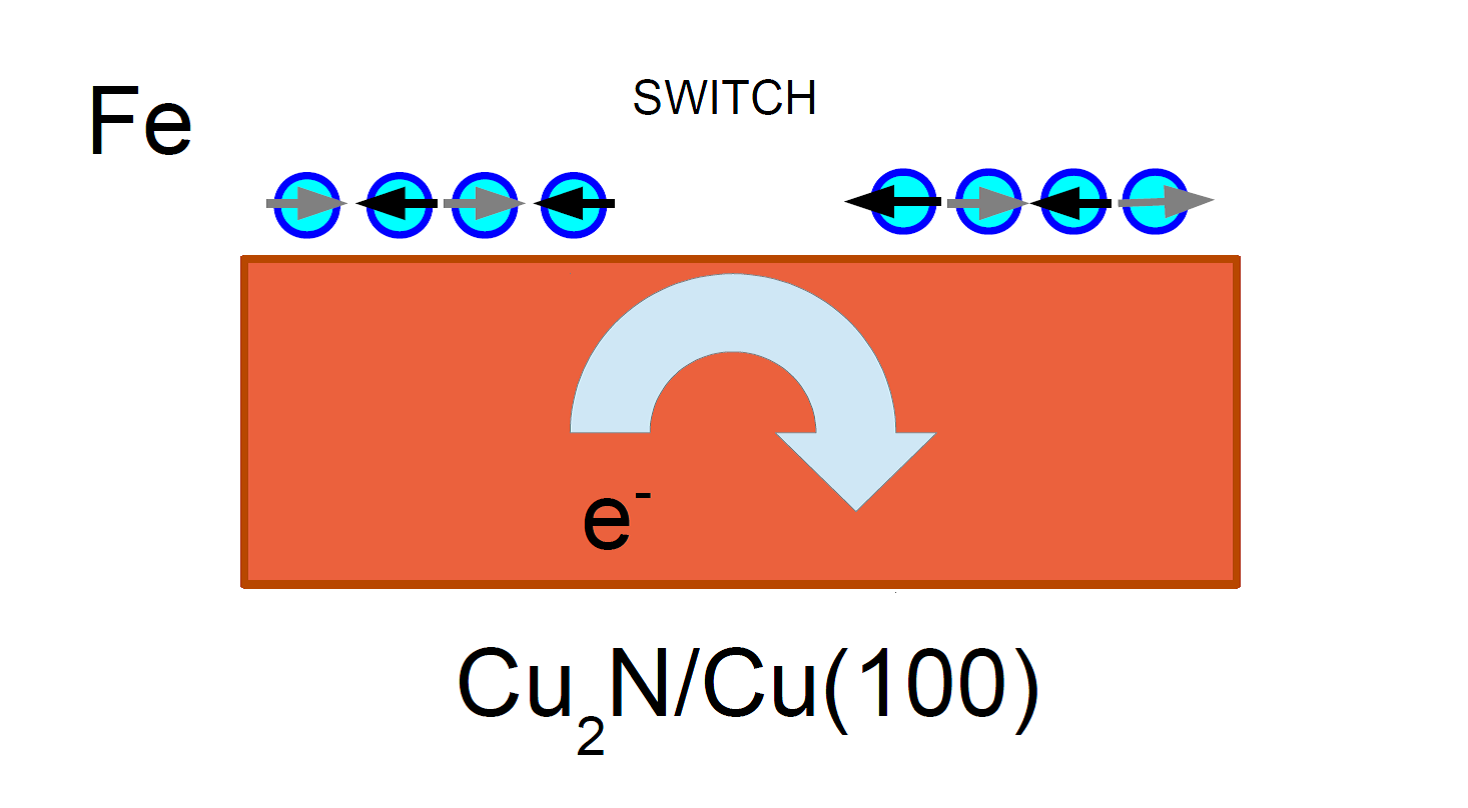Extremeley long-lived magnetic excitation in supported Fe chains
Technologically, information is stored as small magnetic moments by reversing them in complex patterns that can be read by an electronic current sensitive to the magnetic moment direction. The smallest patterns are being written using a scanning tunneling microscope that can shift a few magnetic atoms to points on a surface and build a tiny array of magnetic moments. However, at this size, quantum effects become overwhelming. This can be considered as the limit of what a future technology will be soon facing to store information. A consequence of quantum effects is the impossibility to keep a fixed magnetic pattern as is classically obtained. The lifetime of a given pattern is then very important to study how to write information that stays long enough in one of these nanomagnets. It has been found that quantum effects can actually help maintaining information in a small magnet. This is a combination of symmetry laws and interactions. In this work it is shown that recent measurements in small Fe atomic chains can be rationalized and lead to very long-lived states that are very interesting both scientifically and technologically.

Fe chains on a copper nitrate substrate orients antiferromagnetically. In principle, it is possible to write two bits by choosing one arrangement or the other as shown in the figure. In practice, quantum effects lead to an entanglement of both configurations and the destruction of a simple configuration. However, interaction with the substrate electrons can stabilize the structures and reduce the apparent switching between configurations.



